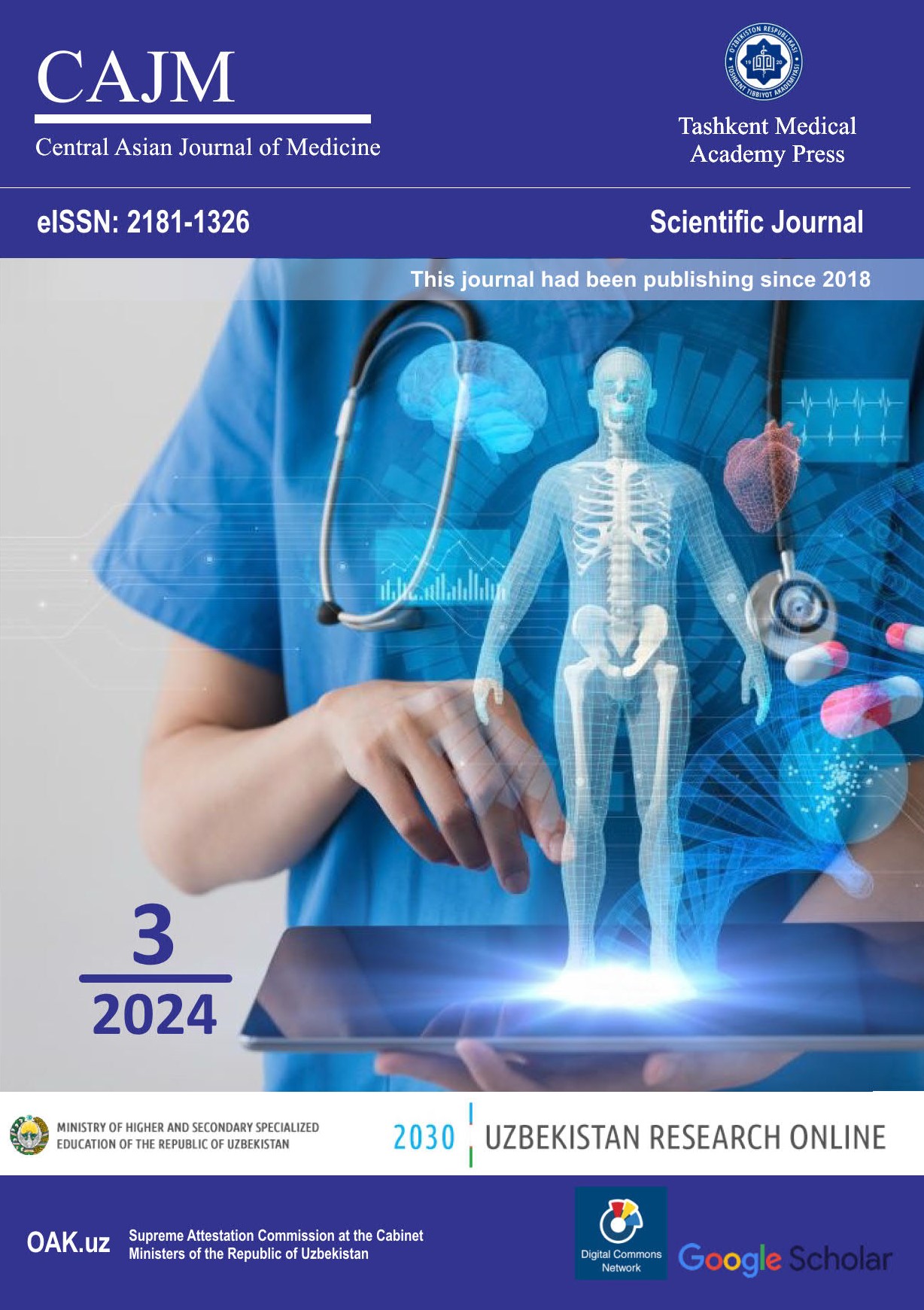CHANGES IN THE BLOOD COAGULATION SYSTEM IN DESTRUCTIVE TUBERCULOSIS
Keywords:
tuberculosis, blood coagulation system, coagulogram, destructive tuberculosis, hypercoagulation, fibrinogen, D-dimer, thrombosis, thromboembolic complications.Abstract
The article presents the results of a study of changes in the blood coagulation system in patients with destructive and non-destructive forms of pulmonary tuberculosis. The analysis of the coagulogram of 72 patients showed significant disturbances in the blood coagulation system in patients with destructive tuberculosis. The most pronounced changes were an increase in the prothrombin index, fibrinogen and D-dimer levels, indicating a hypercoagulable state and an increased risk of thrombosis. In patients with non-destructive forms of tuberculosis, the coagulogram indices remained close to normal, indicating a lower risk of thrombosis and bleeding. The study also did not reveal significant differences in the blood coagulation system between men and women. The results emphasize the importance of continuous monitoring of the blood coagulation system in patients with destructive forms of tuberculosis for the timely prevention of thromboembolic complications.

